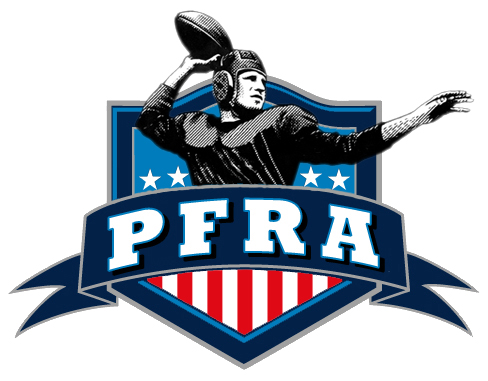Before the Buzzer
"Before the Buzzer: A Look at Football's Evolving Game Clock"
For modern football fans, glancing at the scoreboard for the definitive time remaining is second nature. The digital countdown dictates strategy, fuels urgency, and ultimately defines victory or defeat. However, this reliance on a visible, stadium-wide clock is a relatively recent development in the century-and-a-half history of American football. For much of the game's existence, timekeeping was a far more personal and, at times, ambiguous affair, relying on the watchful eye and personal timepiece of an on-field official.
The early efforts to standardize the burgeoning sport in the late 19th century included establishing the duration of play. As early as 1873, the concept of two 45-minute halves began to take root in collegiate circles. By 1894, the seminal work "Football, How to Watch a Game," penned by Yale's Walter Camp and Harvard's Loren DeLand, outlined a more nuanced approach: two 35-minute halves of "actual play time," with stoppages for delays being subtracted and presumably added back by the officials. Imagine a game commencing at noon, the first half potentially concluding around 12:35 PM, contingent on the referee's pocket watch and their judgment of lost time. The official timepiece was undoubtedly a simple, personal instrument, referenced against the natural progression of the day.
The formalization of rules continued into the 20th century. NCAA regulations, as documented in their Rule Book, stipulated a 60-minute game divided into two 30-minute halves of "exclusive of time taken out," separated by a ten-minute intermission. Yet, even with these written guidelines, the stadium scoreboard wasn't the ultimate authority on game time. Up until 1970 in the NFL, the official duration resided on the wrist of an on-field official. This responsibility shifted over the decades, residing with the Referee in the pre-1950 era, then the Field Judge during the 1950s and early 1960s, and finally settling with the Line Judge from 1965 to 1970. The crucial task fell upon this timekeeping official to keep both sidelines and the players informed of the remaining time, particularly in the tense final moments of a quarter. The end of time was often signaled by the dramatic crack of a starter's pistol fired into the air.
This reliance on an individual's timepiece created unique scenarios. Many early professional football games were played in baseball stadiums, venues not designed with prominent game clocks. While some adapted with modified analog clocks displaying limited minutes, others, like Detroit's Tiger Stadium, only showed the minutes remaining. Even when stadiums did feature clocks, this timing was often considered unofficial, leading to potential discrepancies between the scoreboard display and the referee's final whistle. This is where the now-standard two-minute warning took on an added layer of significance beyond simply stopping the clock. It served as an official confirmation from the timekeeping official to all parties that approximately two minutes remained in the half, a crucial piece of information in an era where the scoreboard wasn't the ultimate arbiter of time. The evolution of the game clock, from a referee's pocket watch to the ubiquitous digital displays of today, reflects the increasing precision and technological integration that has come to define modern American football.
The picture in the banner above is from the University Archives, Kenneth Spencer Research Library, University of Kansas collection circa 1938 and is titled " A photo of the old Kansas University Scoreboard at Memorial Stadium"
- HASHTAGS: #May13 #Scoreboard
- EVENTDAY: May 13
- FIELD EQUIPMENT: Scoreboard



